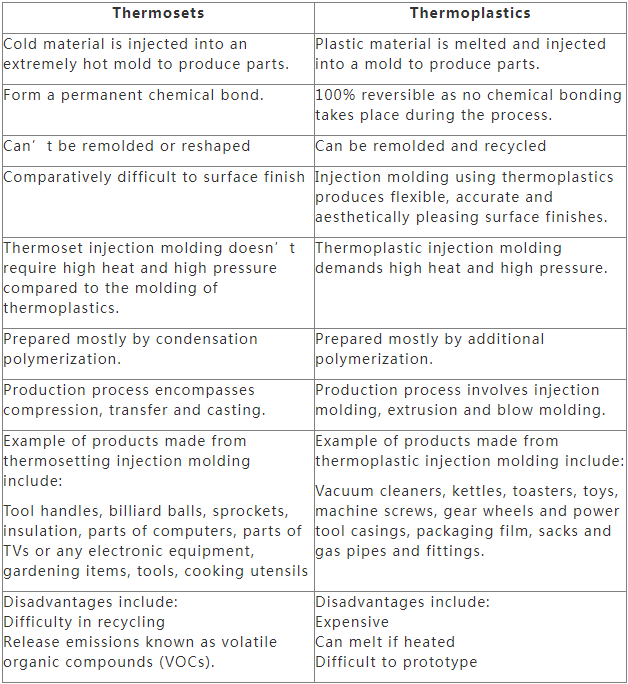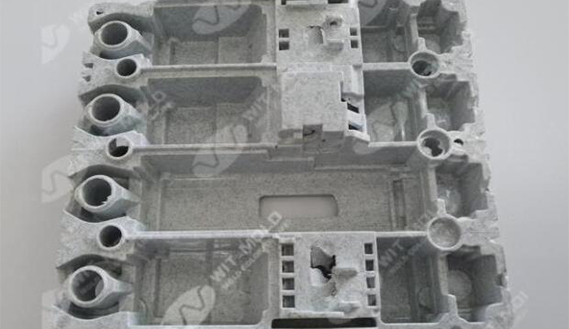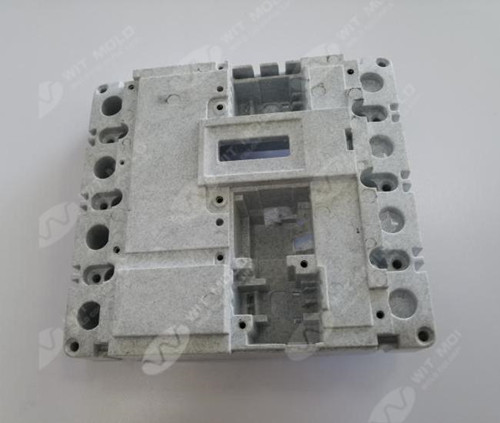Difference between Thermoset & Thermoplastic Injection Molding
Thermoplastics and thermosetting plastics are two separate classes of polymers that are widely used in the process of injection molding to create products of various types. Both these categories of plastics possess different properties and characteristics. Hence, choosing the right category of polymer, between the two, is of paramount importance to achieve the expected results when used in applications. Most of the injection molding service providers usually receive a question from their clients about the differences between thermoplastic and thermoset molding process. Here, in this post, let’s see thermoset & thermoplastic injection molding comparison.
Defining Thermoplastic and Thermosets
Before we go deeper into the topic, it is important to understand the two terms thermoset and thermoplastic. Let’s first find out what are thermosets and thermoplastics.
What are Thermosets?
Thermoset plastics “set” after they cure and are generally stronger than thermoplastic materials. Initially, the polymer is a liquid or soft solid, which becomes rigid later when cured. Owing to their high mechanical and physical strength, resistance to heat, corrosion, and mechanical creep, thermosets are used in a variety of applications. A few amongst the common thermoset materials used in the injection molding process include alkyds, epoxy, phenolic, polyimides, thermoset polyester, and so on.
What are Thermoplastics?
In contrast to thermoset, thermoplastics liquefy and become pliable when heat is applied. Thermoplastic polymers can be reheated and reprocessed many times, which is impossible when it comes to thermosets. Usually stored in the form of pellets prior to the molding process, these categories of polymers can withstand multiple re-shaping without causing any damage to the material. They possess high strength, shrink-resistance, flexibility, high-Impact resistance, and chemical resistant, among others. A few amongst the common thermoset materials used in the injection molding process include ABS, nylon, PET, polypropylene, polyethylene and TPE, among others.
Difference between Thermoset & Thermoplastic Injection Molding
The way thermosets are molded differs with respect to thermoplastics in several aspects and both the categories require varied treatment during the injection molding process. Let’s check a few differences when molding thermosets and thermoplastics.

Where and How They’re Used
The differences inherent to thermosets and thermoplastics make them uniquely suited for differing applications.
Appliance fabrication may require a thermoset such as epoxy — the material’s high-impact resistance, microbial resistance, and general inert properties are ideal in the kitchen and cooling environment. Conversely, a thermoplastic such as polyethylene makes a great packaging film, since the material shrinks and conforms to the packaging when heated.
As a general rule, thermosets are often affiliated with manufacturing and utilities — appliances, electrical applications, and anything else involving heat that may otherwise warp thermoplastics. Thermoplastics, on the other hand, are broadly diverse and used in everything from aerospace fabrication to consumer goods and toys. The nature of the polymer used depends on the final application.
Now that you know how thermoset injection molding differs with respect to thermoplastic injection molding. With the information provided in the post, you would be able to make a judgment on the type of polymer category you should opt to produce molded parts. However, just knowing the differences between the materials won’t be enough, instead you would need an injection molding service provider who can mold your parts as per the right specifications provided. Partner with leading injection molding companies like WIT MOLD who own a comprehensive working knowledge regarding thermoplastic vs thermoset molding.





